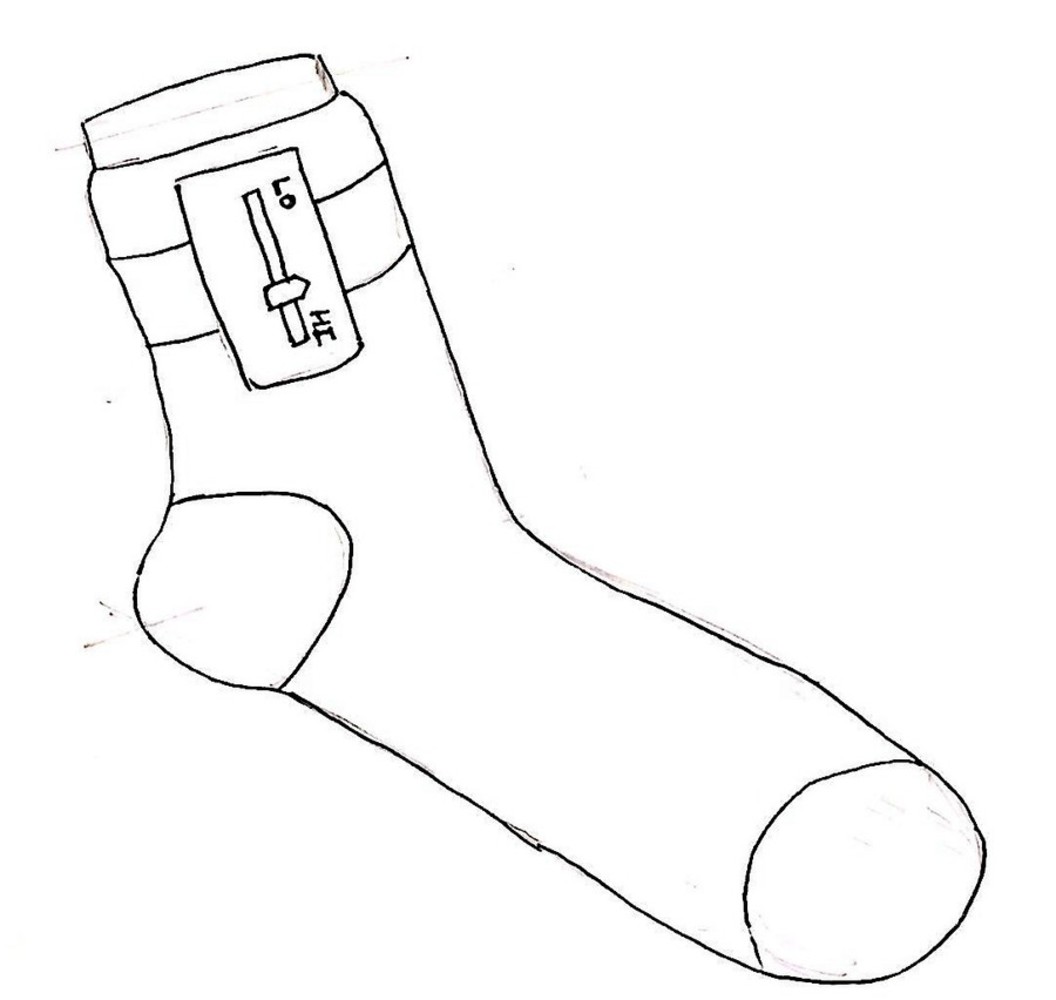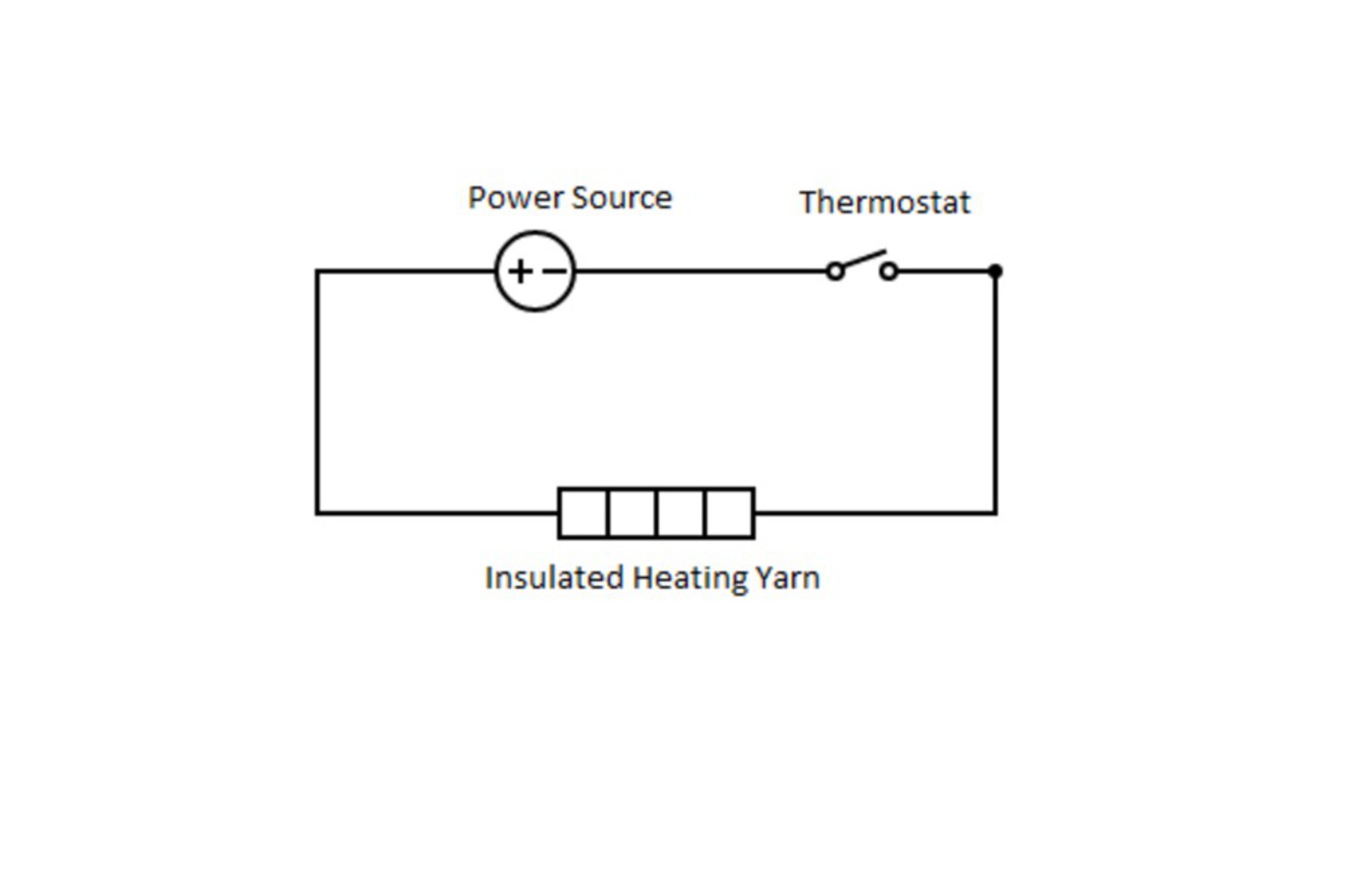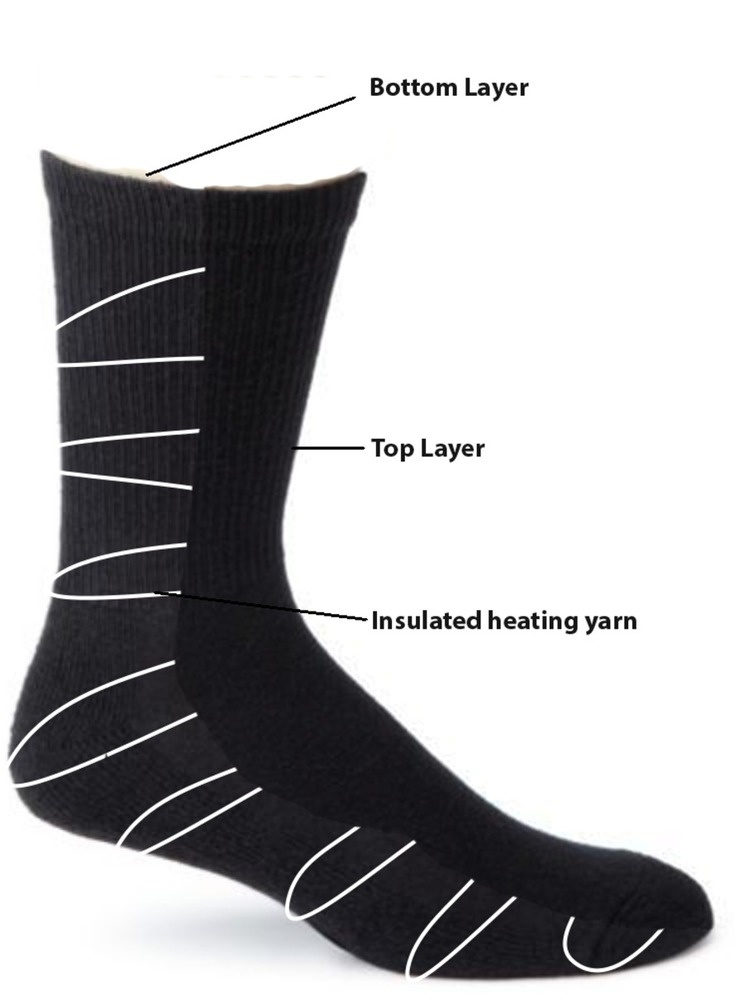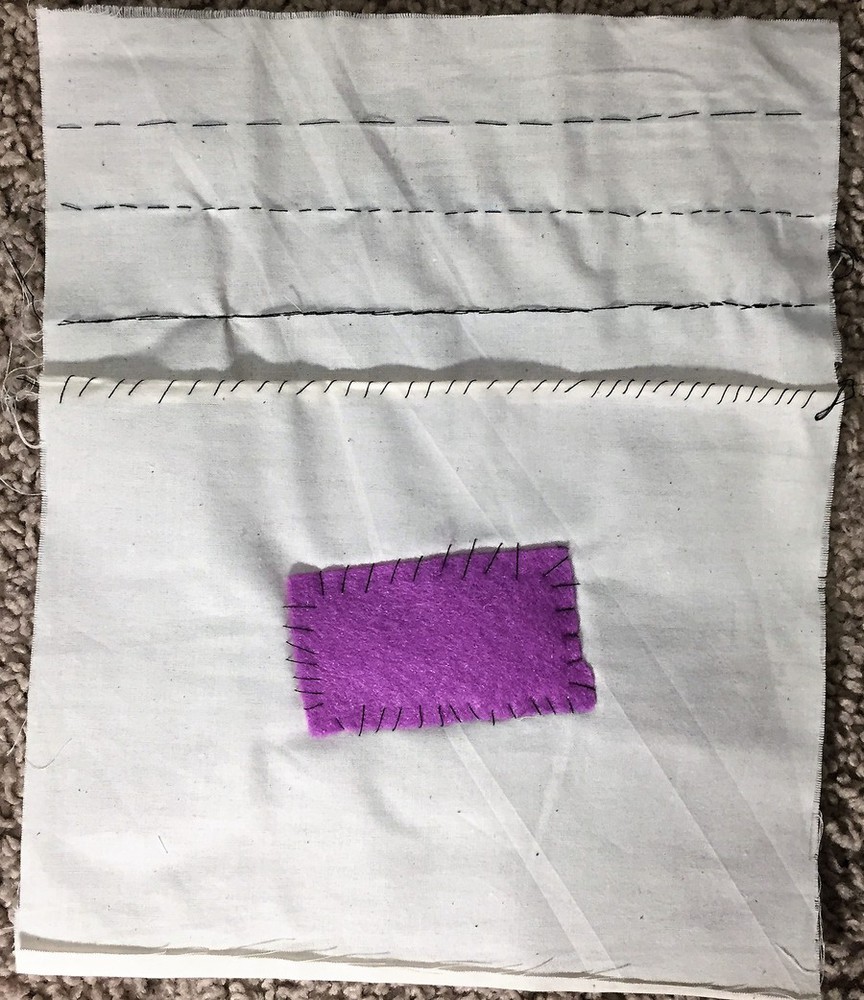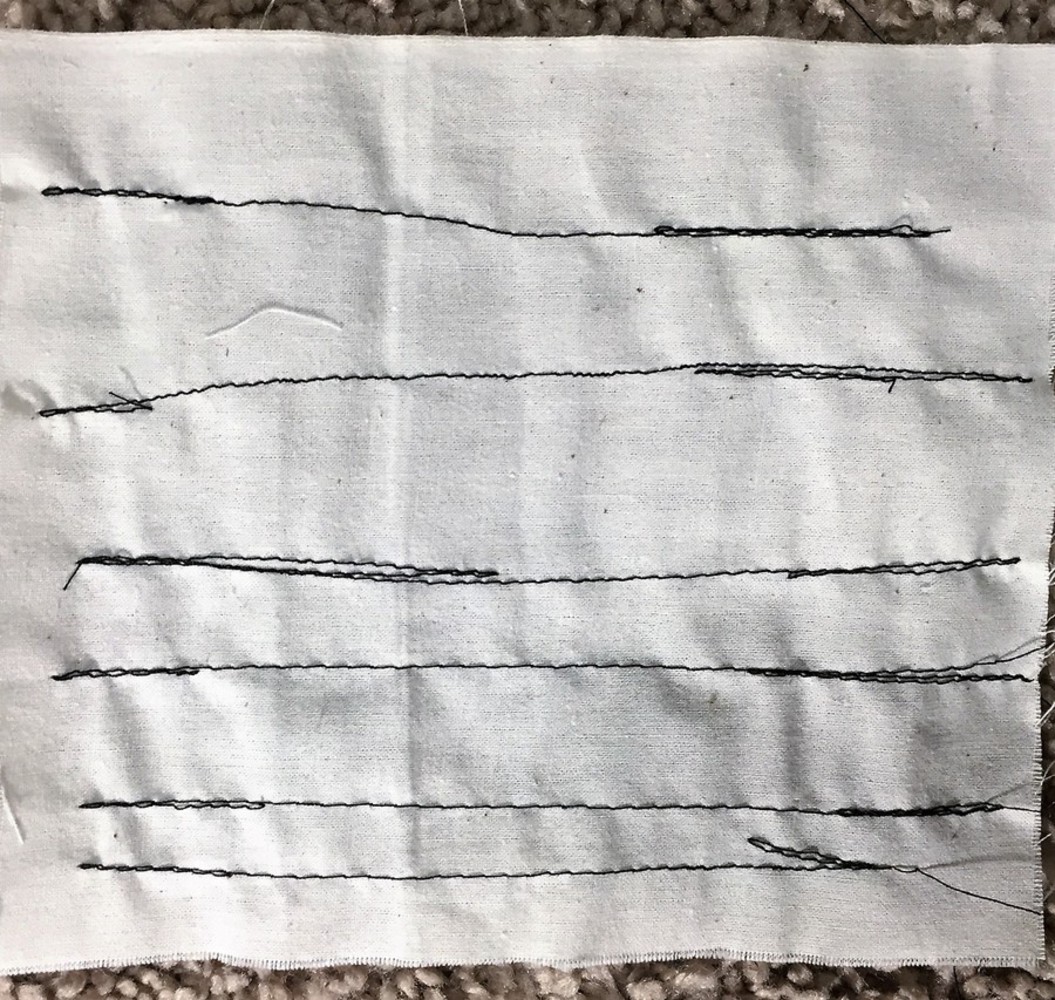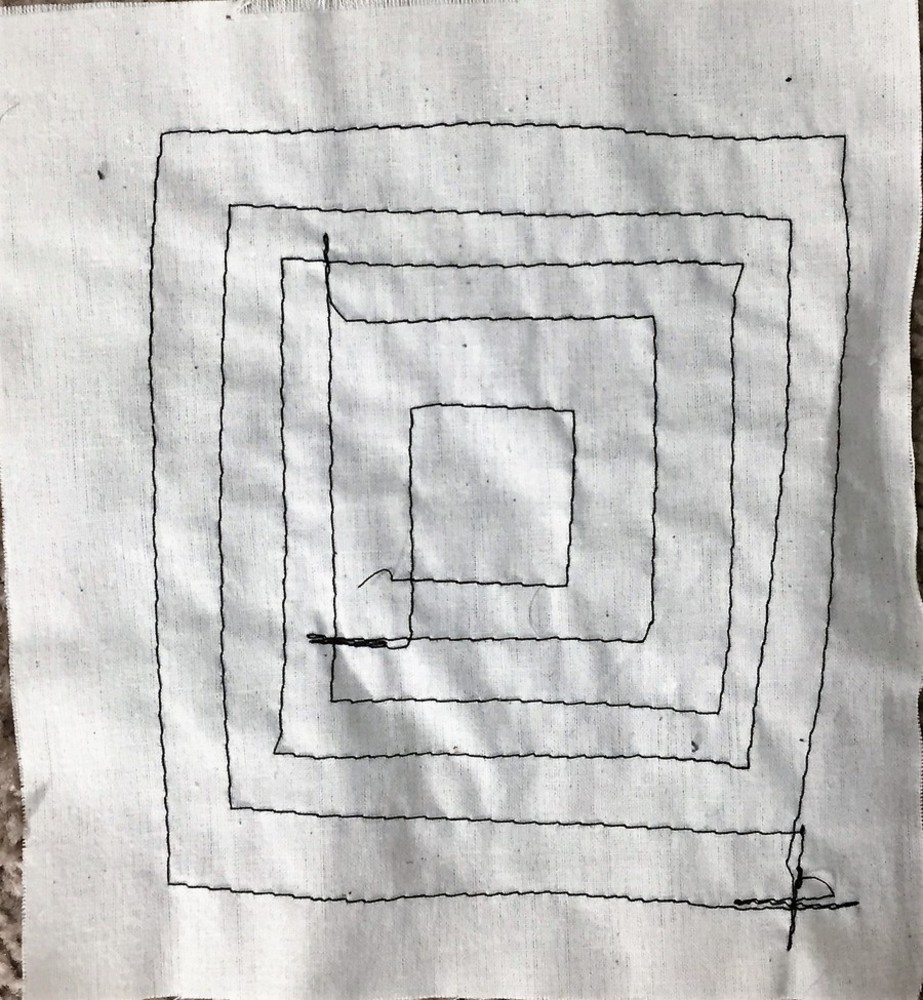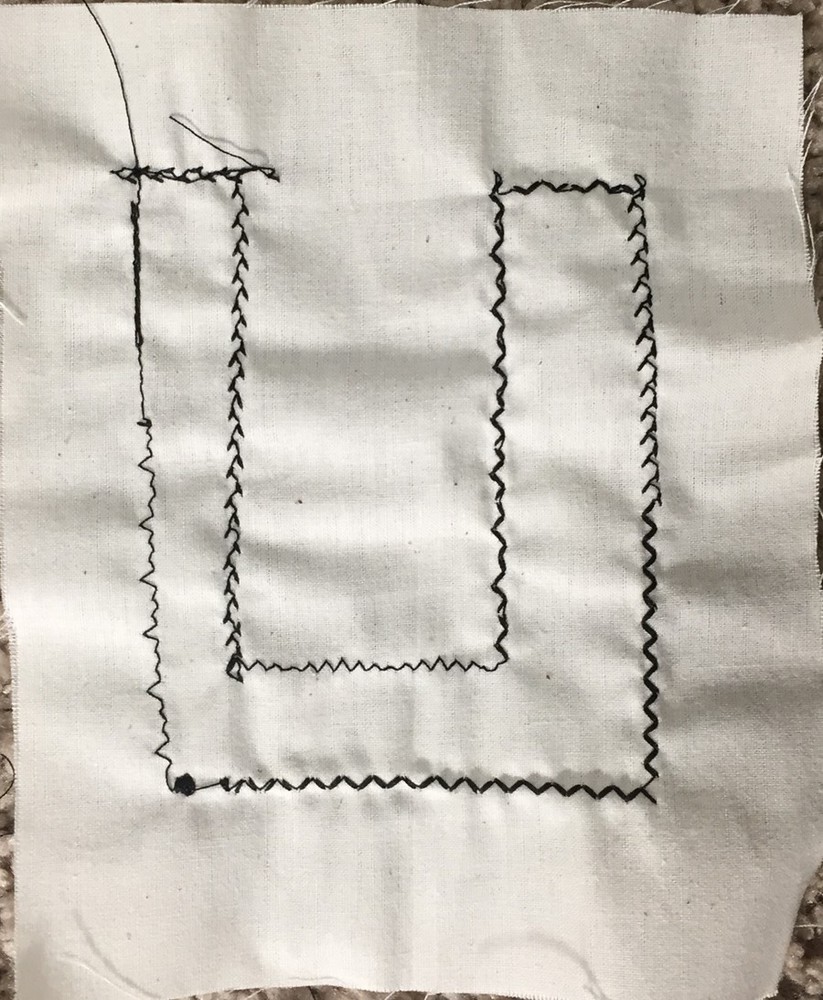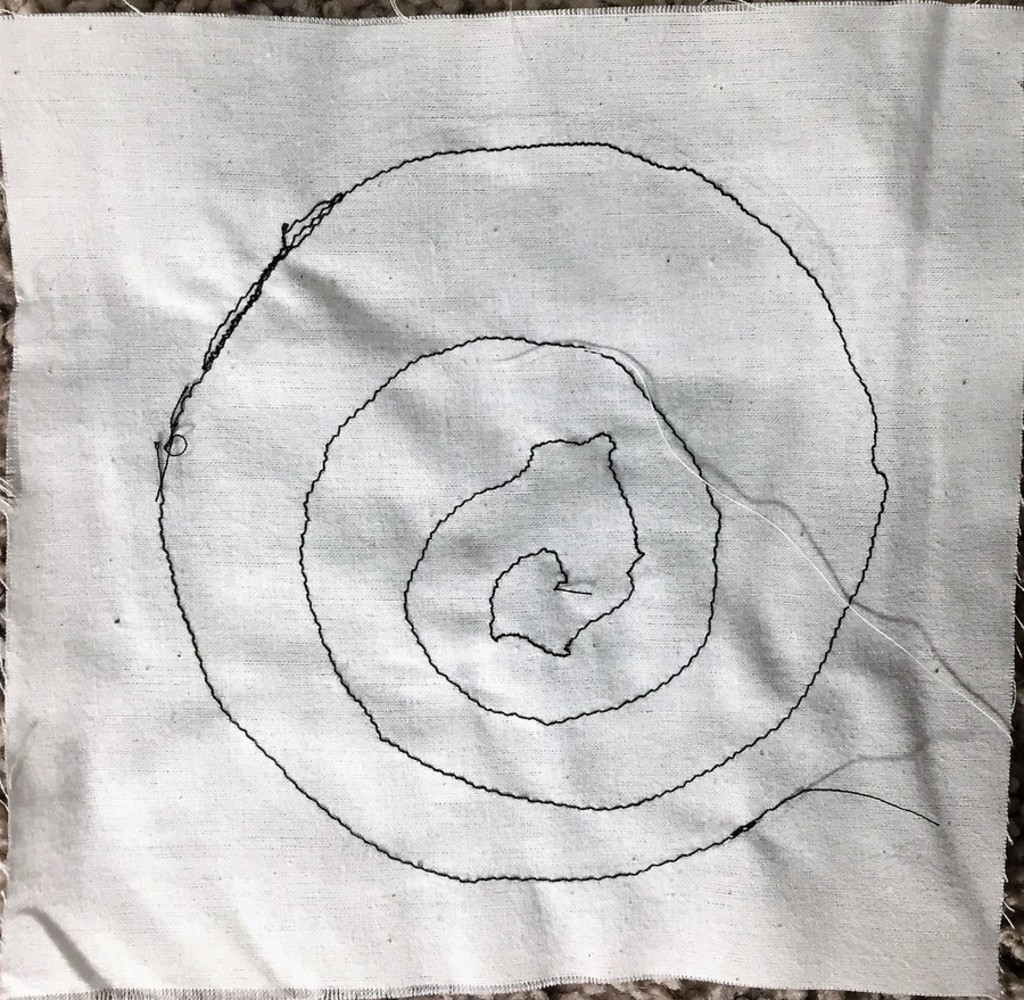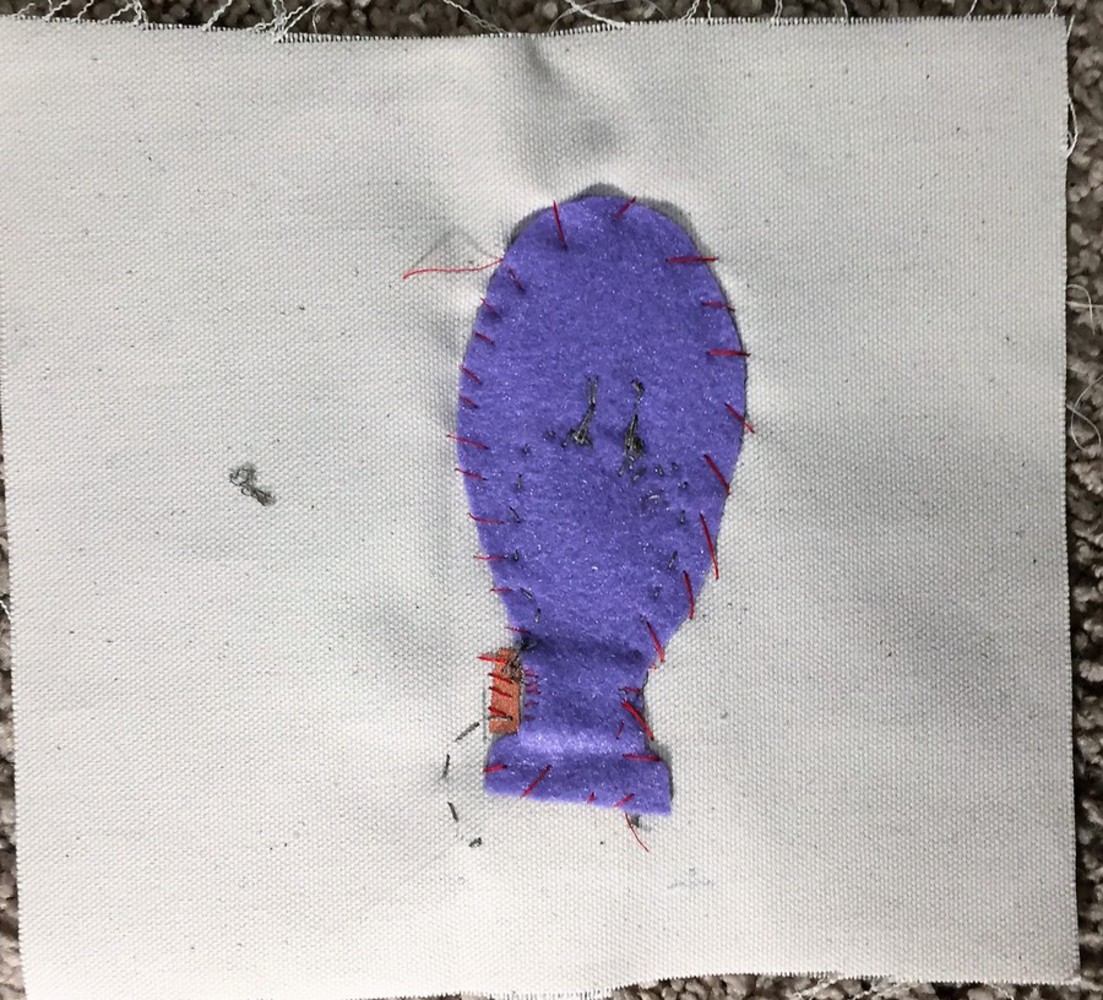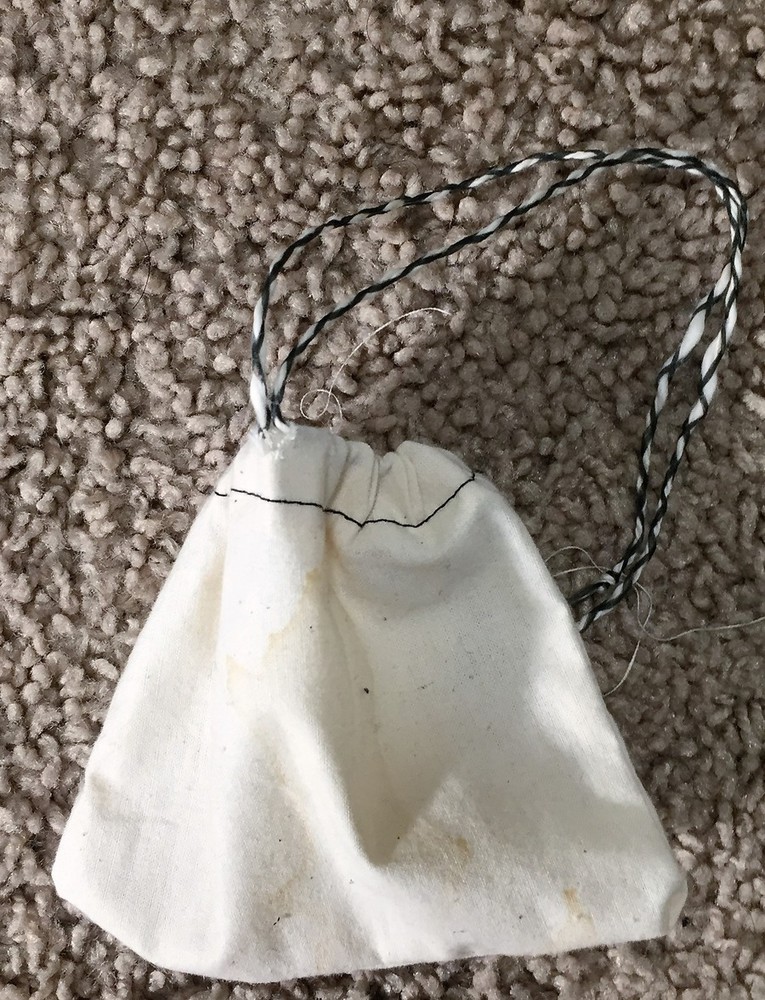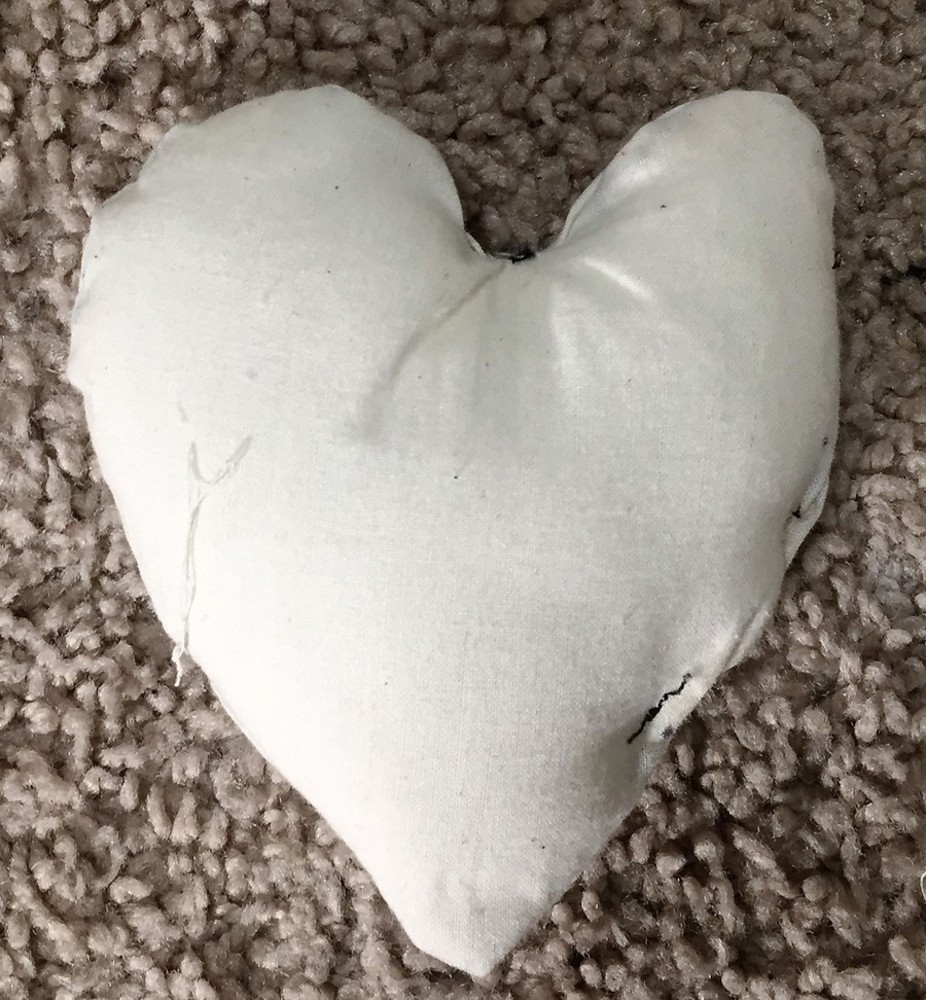Intention
My goal is to create a pair of electric socks which can heat the user’s feet. I am proposing this as I have been quite fascinated by the idea of the electric blankets and I have been thinking about something similar designed just for the feet. Personally, I have always felt a need of something that warms my feet while I sleep – yes, blankets and normal socks don’t help :). The pair of socks would run by a rechargeable battery and could provide adequate amount heat to the feet as the user deems comfortable.
Process
The process is divided into the following steps:
1. Background Research:
I conceptualized the product as a derivative of the electric blanket. Electric blankets have been quite successful, and their 2017 market value is estimated to be around $300 Million [1]. Electric blankets have two layers with a resistive hating coil sandwiched between those two. The heating coil is operated by a temperature control panel connected to a power source.
2. Sketching the product
a. Sketching the coil placement:
Picking the idea from the electric blanket, I propose to use insulated heating yarns sandwiched between two layers of the socks. The Figure 4 below shows a diagrammatic representation of the placement of the heating yarn. An example of the insulated heating yarn could be: THERMOTECH I-4.6 - Insulated Heating Yarn (4.6Ω/m)[2].
b. Ideas to place battery and temperature control panel
I brainstormed two possible locations to place the temperature control and the battery panel on the socks. In both the ideas the panels would be clung to the socks using a band and snap buttons.
i. Option 1 – Between calf and shin
The temperature control panel which also contains the battery could be strapped on with help of a band and snap buttons. Figure 1 shows the schematic placement of the panel on the sock.
1. Advantages – Comfortable position to be placed and the panel remains easily accessible
2. Disadvantages - Moves while one sleeps.
